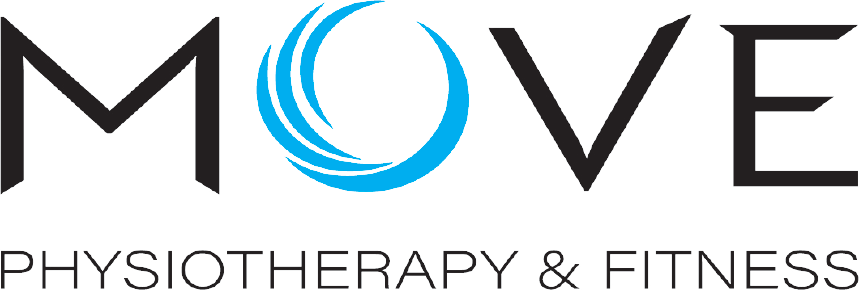Is Dry Needling the Answer to Your TMJ Pain?
- August 20, 2024
- Posted by: Kathryn Orbigozo
- Category: Uncategorized

Imagine waking up with a tight, achy jaw that makes eating or speaking difficult. If this sounds familiar, you might have temporomandibular joint disorder (TMJ).
TMJ issues arise from problems with the joint connecting your jawbone to your skull, which can become inflamed or misaligned due to injuries, arthritis, teeth grinding, or stress, leading to chronic pain and restricted movement. One treatment gaining attention for its potential to alleviate it is dry needling.
This technique involves inserting thin needles into specific points in the muscle tissue to relieve pain and improve function. Though it might sound intimidating, dry needling is becoming a go-to method for many seeking relief from muscular pain and dysfunction.
How Dry Needling Can Help with TMJ Pain
Dry needling targets the root of TMJ-related discomfort by focusing on the muscle groups around the jaw. Here’s how this technique can make a difference:
- Direct Relief from Muscle Tension
TMJ disorders often involve muscle tightness and trigger points—sensitive knots in the muscles that can cause pain and restrict movement. Dry needling aims to release these trigger points, leading to a reduction in muscle tension and relief from associated pain.
- Enhanced Blood Flow and Healing:
Inserting needles into the affected muscles stimulates blood flow, which can accelerate the body’s natural healing processes. Improved circulation helps reduce inflammation and promotes faster recovery in the jaw muscles.
-
Increased Range of Motion:
Tight muscles around the TMJ can limit jaw movement, making it difficult to open your mouth fully or chew comfortably. By relaxing these muscles through dry needling, you may experience an improved range of motion and enhanced jaw function.
- Reduced Pain and Discomfort:
The technique helps manage pain by deactivating the trigger points responsible for the discomfort. Many patients report significant pain relief and a decrease in the frequency and severity of their TMJ symptoms after dry needling sessions.
- Complementary to Other Treatments:
Dry needling can be an effective complement to other TMJ treatments, such as physical therapy, medication, or lifestyle changes. It addresses the muscular component of TMJ disorders, providing a comprehensive approach to pain management.
Conclusion
If you’re struggling with TMJ pain and traditional treatments haven’t provided the relief you’re looking for, dry needling might be a valuable option to consider. This innovative technique targets the underlying muscle issues that contribute to TMJ discomfort, offering potential relief and improved quality of life.
At Move Physiotherapy and Fitness, we specialize in dry needling and are committed to helping you find effective solutions for your TMJ pain. Our experienced practitioners will work with you to develop a personalized treatment plan designed to address your specific needs and improve your overall well-being.
Beat TMJ and live free from pain. Contact us today to schedule a consultation and learn how dry needling can help you regain comfort and mobility. Start your journey now!
